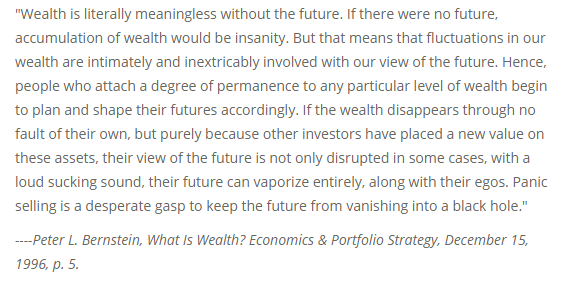If one of the greatest traders in the world told you how to buy and sell the best stocks for the most profits would you listen? Well we have a chance to do just that with Bill O’Neil’s book “How to Make Money in Stocks”. His lifetime of research on how the market actually works is in his book. Not his opinions but through studying the markets as a scientist would.
Not only did O’Neil’s firm study the best performing stocks of the past 100+ years but the AAII tested his system among fifty others for 12 years in real time and it won!
From January 1998 through December 2010, the American Association of Individual Investors has conducted an independent, real-time study of over 50 leading investing strategies, including CAN SLIM. The results show that IBD’s CAN SLIM strategy outperformed all other strategies, gaining +2,487.3% while the S&P 500 rose just 29.6%.
“After surveying all the top performing equity managers in the United States, Bill O’Neil was number one. His track record is second to none. And I’ve always wanted to work for the best.”
“In terms of long-term track record, yes. He has the best numbers. If you go back 20-25 years and you stack all the guys together that have been in the market that long, Bill’s got the highest returns. Higher than Peter Lynch. Higher than Buffett. It’s fantastic. I’ve painstakingly studied each of the firm’s market calls from I think it was 1968 onward because I wanted to see exactly where O’Neil was saying buy and sell. It just struck me, this accumulation/distribution and follow-through day technique works great because he’s never missed a major bull or a major bear market.”-Chris Kasher
- Do not diversify broadly, instead focus on the leading stocks in the best industry groups.
- Cut any loss when the stock is down 7%/8% from your buy point.
- Buy stocks that are going up in value, not down.
- Add to a position as the stock goes up in value from your buy point not at lower prices.
- Buy stocks near their highs for the year not their lows.
- Study price charts to discover how the best stocks behaved historically in price action.
- Trade long based on the trend of the general market.
- Buy the best stocks in the market as they break out of properly formed bases or when they bounce off their 50 day moving averages.
- Do not be influenced by others trade your plan.
- Buy stocks with the best earnings and sales growth at the right time using charts.







